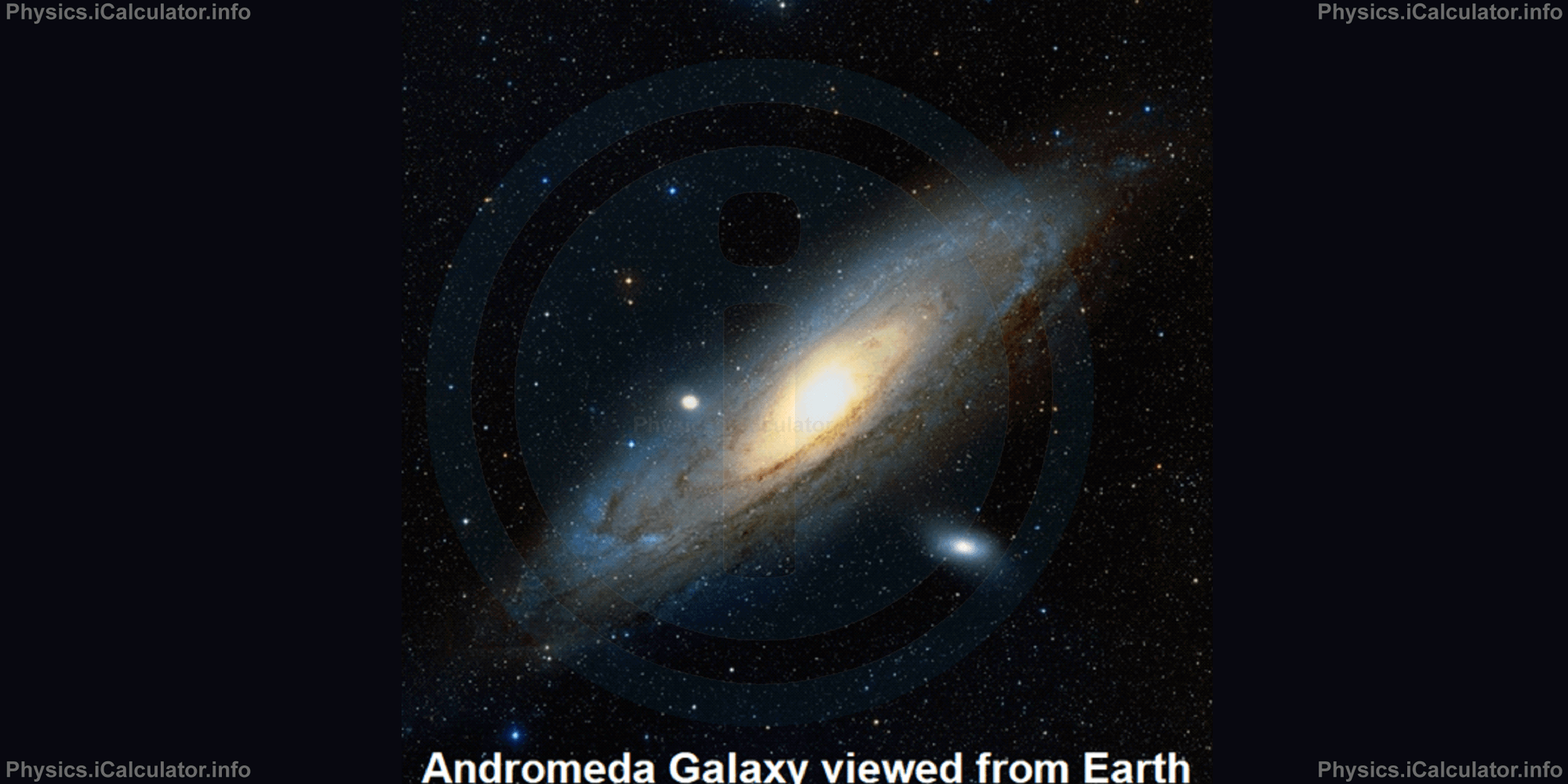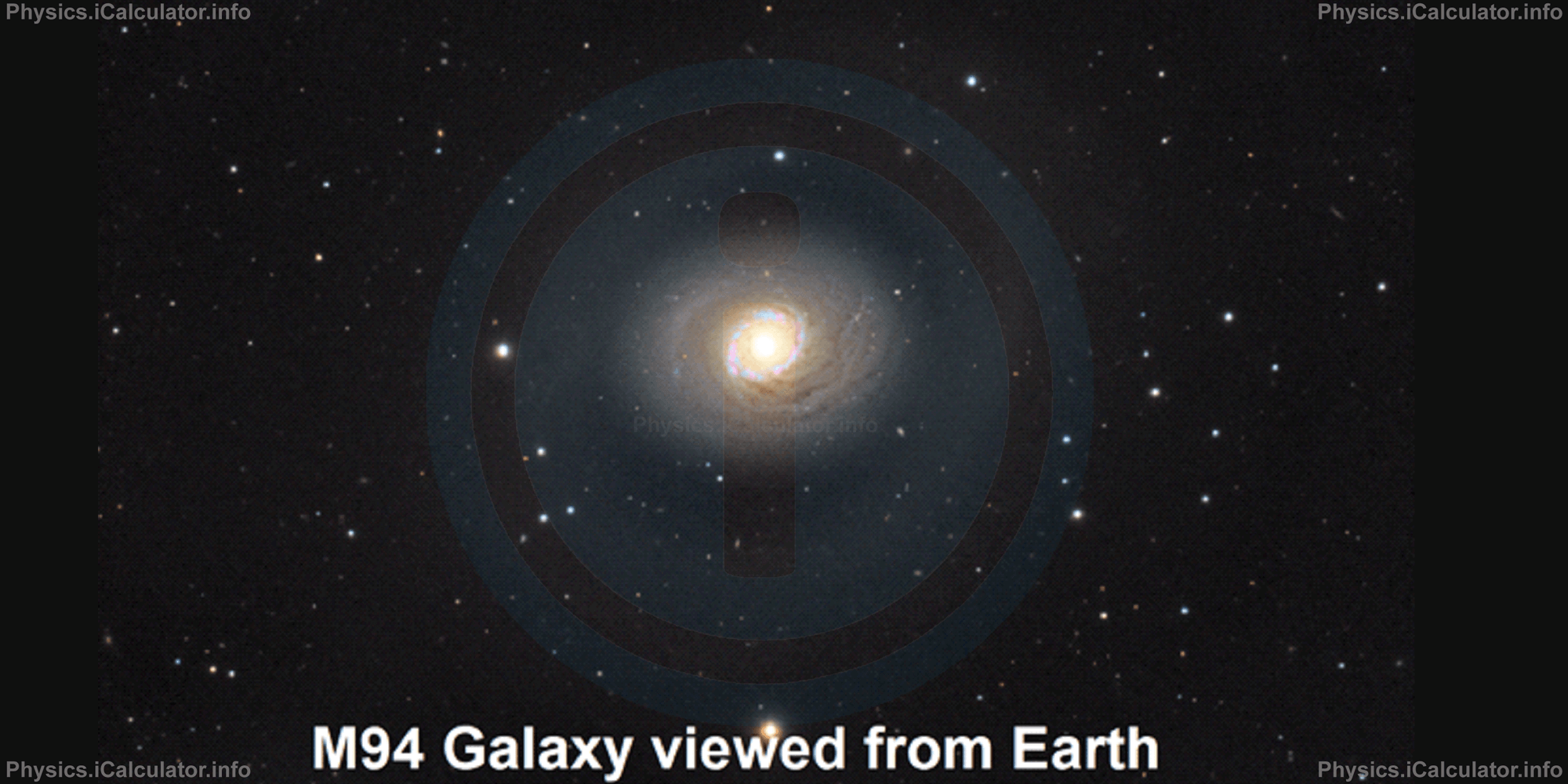Menu
Physics Lesson 22.6.3 - Other Galaxies
Please provide a rating, it takes seconds and helps us to keep this resource free for all to use
Welcome to our Physics lesson on Other Galaxies, this is the third lesson of our suite of physics lessons covering the topic of Galaxies and Hierarchic Structures in the Universe, you can find links to the other lessons within this tutorial and access additional physics learning resources below this lesson.
Other Galaxies
There are billions of galaxies in the universe in addition to the Milky Way. They are grouped in large families where all stars in the universe are included. Galaxies come in a variety of shapes; some are similar to Milky Way and some have other shapes. Galaxies have clear borders determined by the large empty spaces between them. These spaces are much larger than the dimensions of galaxies, no matter how big they are.
Galaxies are classified in three major categories determined by their shape: spiral, elliptical and irregular. Let's take a look at them in more detail.
- Spiral galaxies are similar to the Milky Way, only the dimensions may vary. All of them include a bulb around the centre, the disc that contains the spiral wings and the halo with the corresponding groups of stars it contain. To illustrate this example of spiral galaxies, we take Andromeda (shown in the figure below), which is very similar to the Milky Way and lies 2 million light year from us.

- Elliptic galaxies. Elliptic galaxies have 3-dimensional elliptic shapes (like eggs). They are common in the universe but are less visible because the brightness they produce is not very high.
The image below is of an elliptic galaxy called M94. It is also known as "the Cat's Eye Galaxy" because of its appearance.
- Irregular galaxies. They represents collections of stars without any specific shape. The two closest irregular galaxies to us are the Large Magellanic Cloud (LMC) (which is a satellite galaxy of the Milky Way) and the Small Magellanic Cloud (SMC), which is a dwarf galaxy near the Milky Way.

Example 1
Imagine there is a disc similar in shape to the Milky Way in a school lab. The radius of this disc is 20 cm. Calculate:
- The height (thickness) of bulb at centre of the disc
- The horizontal diameter of bulb
- The distance corresponding to the position of Sun from the centre of disc
Solution 1
- This situation is similar to when we want to convert distances in a map to real distances. In this case, 100 light years correspond to 20 cm + 20 cm = 40 cm (we have the radius of disc given not the diameter). Hence, if we take the "height" of the bulb in the Milky Way equal to 4000 light years, we havedgalaxy/ddisc = hgalaxy bulb/hdisc bulbSubstituting the given values, we obtain for thickness of the disc:100 000 ly/40 cm = 4000 ly/hdisc bulb
hdisc bulb = 4000 ly ∙ 40 cm/100 000 ly
= 1.6 cm - The horizontal diameter of Milky Way bulb is 10000 ly. Using the same approach as in (a), we obtaindgalaxy/ddisc = dgalaxy bulb/ddisc bulb
100 000 ly/40 cm = 10 000 ly/ddisc bulb
ddisc bulb = 10 000 ly ∙ 40 cm/100 000 ly
= 4 cm - The Sun is LSun = 28000 light years away from Milky Way centre. Thus, we have for the distance of the Sun from the centre of lab disc:dgalaxy/ddisc = LSun from centre of galaxy/LSun from centre of bulb
100 000 ly/40 cm = 28 000 ly/LSun from centre of bulb
LSun from centre of bulb = 28 000 ly ∙ 40 cm/100 000 ly
= 11.2 cm
You have reached the end of Physics lesson 22.6.3 Other Galaxies. There are 7 lessons in this physics tutorial covering Galaxies and Hierarchic Structures in the Universe, you can access all the lessons from this tutorial below.
More Galaxies and Hierarchic Structures in the Universe Lessons and Learning Resources
Whats next?
Enjoy the "Other Galaxies" physics lesson? People who liked the "Galaxies and Hierarchic Structures in the Universe lesson found the following resources useful:
- Other Feedback. Helps other - Leave a rating for this other (see below)
- Cosmology Physics tutorial: Galaxies and Hierarchic Structures in the Universe. Read the Galaxies and Hierarchic Structures in the Universe physics tutorial and build your physics knowledge of Cosmology
- Cosmology Revision Notes: Galaxies and Hierarchic Structures in the Universe. Print the notes so you can revise the key points covered in the physics tutorial for Galaxies and Hierarchic Structures in the Universe
- Cosmology Practice Questions: Galaxies and Hierarchic Structures in the Universe. Test and improve your knowledge of Galaxies and Hierarchic Structures in the Universe with example questins and answers
- Check your calculations for Cosmology questions with our excellent Cosmology calculators which contain full equations and calculations clearly displayed line by line. See the Cosmology Calculators by iCalculator™ below.
- Continuing learning cosmology - read our next physics tutorial: Astronomical Measurements and Observations
Help others Learning Physics just like you
Please provide a rating, it takes seconds and helps us to keep this resource free for all to use
We hope you found this Physics lesson "Galaxies and Hierarchic Structures in the Universe" useful. If you did it would be great if you could spare the time to rate this physics lesson (simply click on the number of stars that match your assessment of this physics learning aide) and/or share on social media, this helps us identify popular tutorials and calculators and expand our free learning resources to support our users around the world have free access to expand their knowledge of physics and other disciplines.